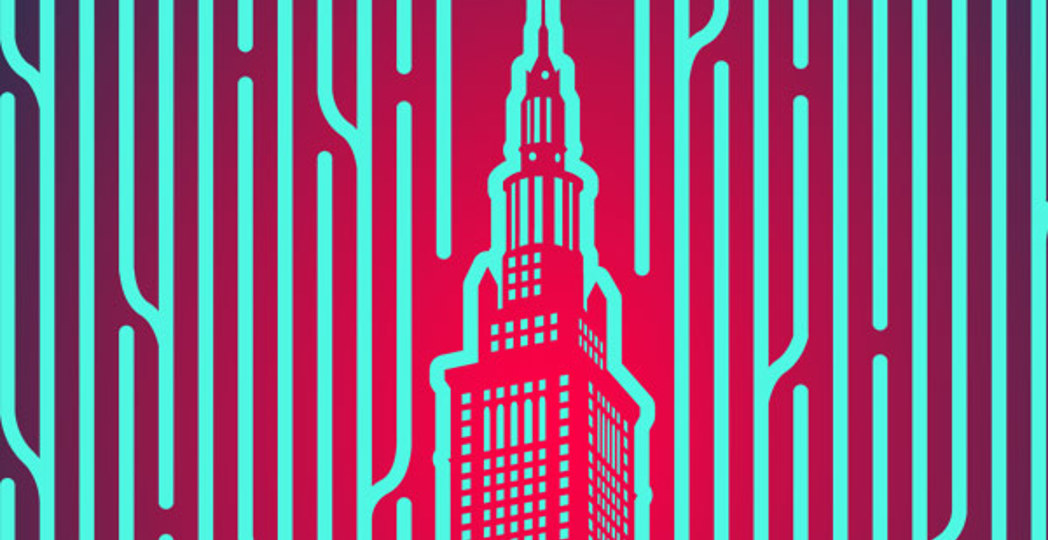Who Are We Now?
by Sheehan Hannan | Jul. 1, 2017 | 4:05 AM

Christian Frederiksen
Trending
-
1
-
2
-
3
-
4
-
5










